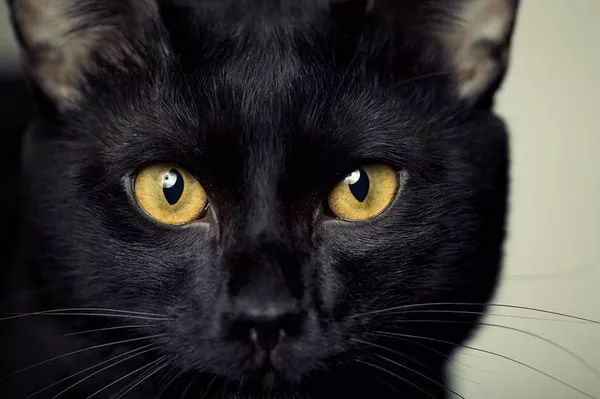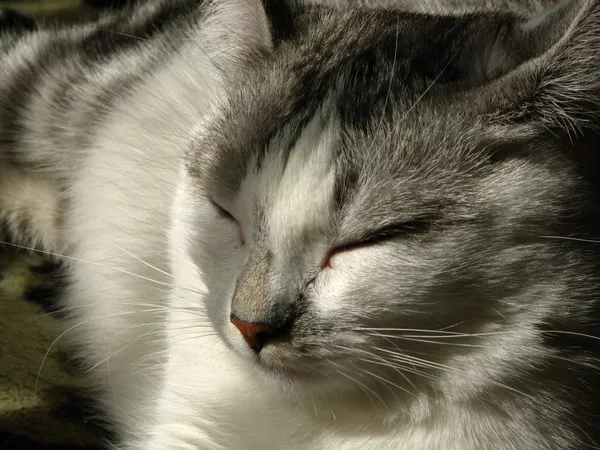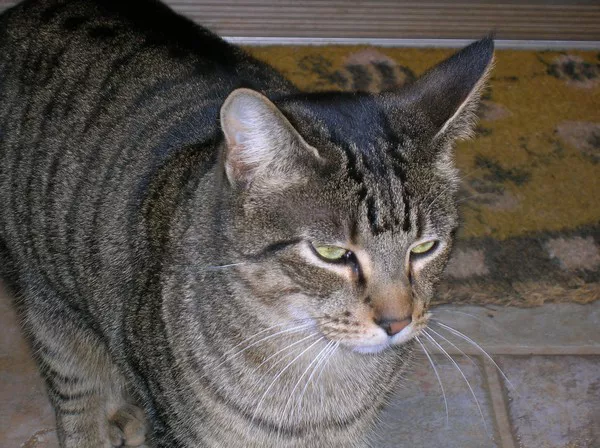Cats are known for their independent and adventurous nature, often enjoying the freedom of the outdoors. However, circumstances may arise where transitioning an outdoor cat to an indoor lifestyle becomes necessary. Whether it’s due to safety concerns, environmental factors, or health reasons, the process of training an outdoor cat to become an indoor companion requires patience, understanding, and strategic efforts. In this comprehensive guide, we explore the reasons for making such a transition, the challenges involved, and step-by-step methods to successfully train your outdoor cat to thrive indoors.
Understanding the Need for Transition
Several factors may prompt the decision to transition an outdoor cat to an indoor environment. These factors include:
Safety Concerns: Outdoor cats face various risks, including traffic accidents, predation by other animals, exposure to toxins, and the potential for injuries. Bringing a cat indoors can protect them from these dangers.
Health Considerations: Cats with health issues, compromised immune systems, or specific medical conditions may benefit from an indoor environment where they can receive specialized care and attention.
Urban Living: In urban areas, busy roads and densely populated neighborhoods can pose significant risks to outdoor cats. Transitioning them indoors ensures a safer and more controlled living environment.
Neighbor Conflicts: If outdoor cats are causing conflicts with neighbors, such as digging in gardens or being a nuisance to other pets, transitioning them indoors can help maintain positive community relations.
Challenges in Transitioning Outdoor Cats Indoors
Transitioning an outdoor cat to an indoor lifestyle is not without its challenges. Cats may resist the change due to their natural instincts and preferences. Common challenges include:
Territorial Anxiety: Cats are territorial animals, and the shift from a wide outdoor territory to a confined indoor space can cause stress and anxiety.
Boredom and Inactivity: Indoor living may initially seem less stimulating for a cat used to the outdoors. Boredom and inactivity can lead to behavioral issues and weight problems.
Litter Box Adaptation: Outdoor cats may not be accustomed to using a litter box. Teaching them this behavior is a crucial aspect of the transition.
Social Adjustment: If the cat is used to interacting with other outdoor animals, adjusting to an indoor-only life may affect their social dynamics.
Step-by-Step Guide to Transitioning an Outdoor Cat Indoors
Successfully transitioning an outdoor cat to an indoor lifestyle requires a gradual and patient approach. Follow these steps to make the process smoother for both you and your feline friend:
Health Check-Up:
Before making the transition, schedule a vet check-up to ensure your cat is in good health.
Address any medical concerns and discuss the transition plan with your veterinarian.
Create a Safe Indoor Space:
Designate a quiet and safe indoor space for your cat. This can be a separate room with their essentials – litter box, food, water, and bedding.
Ensure the indoor space has hiding spots and comfortable resting areas.
Introduce the Litter Box:
If your cat is not familiar with a litter box, gradually introduce it. Use a cat-friendly litter and place the box in a quiet and accessible location.
Encourage your cat to explore the litter box and associate it with a positive experience.
Gradual Indoor Exposure:
Allow your cat to explore the indoor space gradually. Start with short supervised sessions and gradually increase the time spent indoors.
Use treats, toys, and positive reinforcement to create a positive association with the indoor environment.
Provide Environmental Enrichment:
Combat boredom by incorporating environmental enrichment. Use scratching posts, climbing structures, and interactive toys to engage your cat.
Rotate toys regularly to maintain their interest.
Create Outdoor-like Experiences:
Bring the outdoors indoors by creating window perches with views of the outside world.
Use bird feeders or set up a cat-safe outdoor enclosure to provide a taste of the outdoors.
Social Interaction:
Spend quality time with your cat through play, grooming, and affectionate interactions.
Gradually introduce them to other indoor pets, if applicable, and monitor their social interactions.
Monitor Behavior and Adjust:
Pay attention to your cat’s behavior and adjust the transition plan accordingly.
If signs of stress or resistance persist, consult your veterinarian for guidance.
Establish Routine:
Establish a consistent feeding and playtime routine. Cats thrive on predictability, and a structured routine can help them feel secure.
Indoor Exploration:
Encourage indoor exploration by hiding treats or engaging in interactive play.
Make the indoor environment stimulating with climbing structures and cozy spots.
Consult with a Professional:
If challenges persist, consider consulting with a professional animal behaviorist or trainer.
They can provide insights into your cat’s behavior and offer tailored solutions.
SEE ALSO: Indoor vs. Outdoor Cats: Should You Let Your Kitty Roam?
Conclusion
Transitioning an outdoor cat to an indoor lifestyle is a gradual process that requires patience, understanding, and a commitment to your cat’s well-being. By addressing their unique needs, providing a safe and enriching indoor environment, and incorporating positive reinforcement, you can successfully make the shift. Remember that each cat is an individual, and the transition may take time. With consistent efforts and a supportive approach, you can ensure your feline companion thrives in their new indoor home.



























